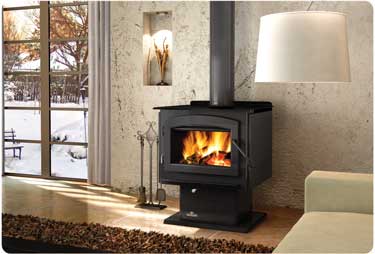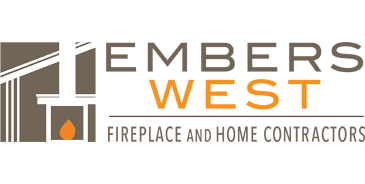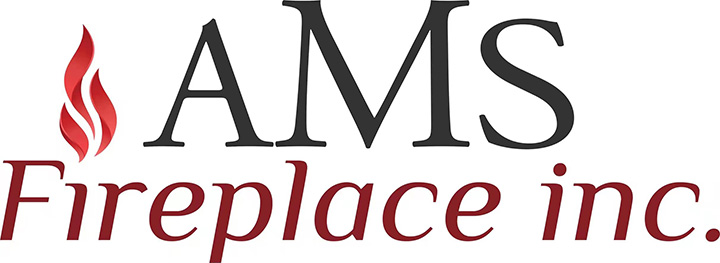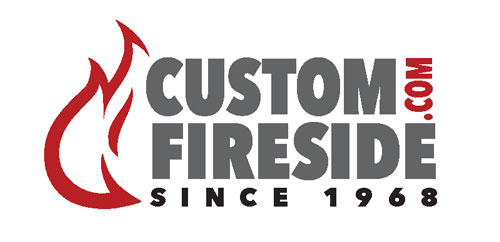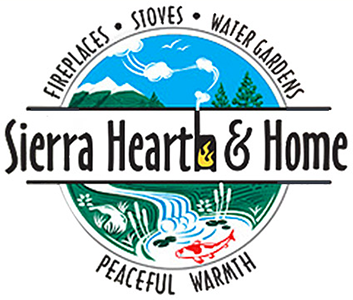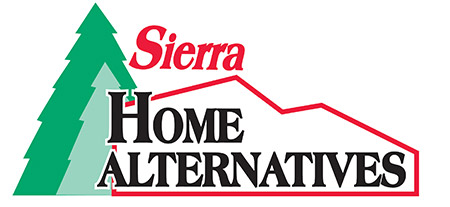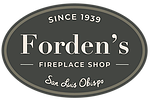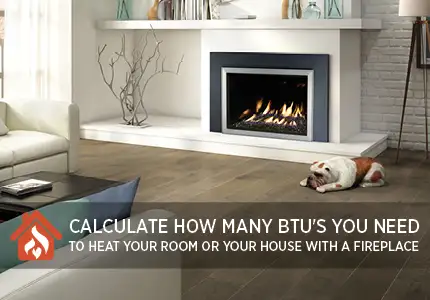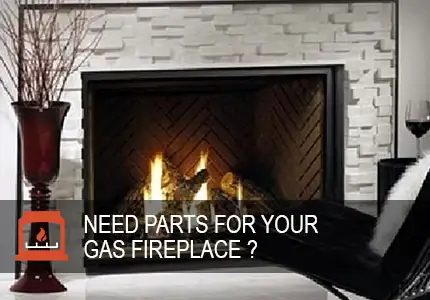You’ve heard the term and you know it can be dangerous, but what is creosote? How does it form in my chimney? And, what can I do to prevent it? If you have a stove or fireplace and burn wood, this article is for you!
WHERE DOES IT COMES FROM?
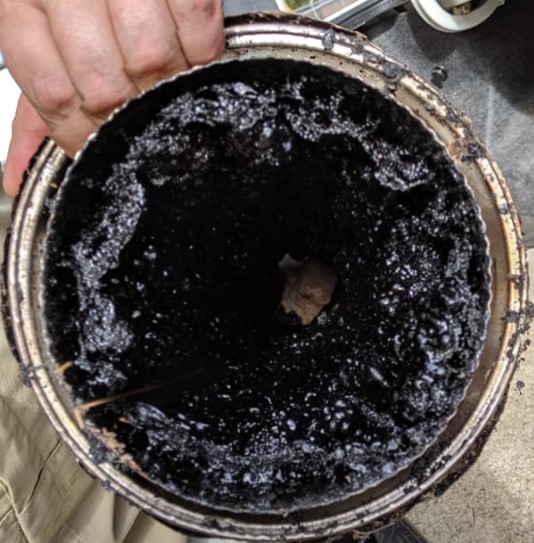 As wood is burned, the smoke from the fireplace or stove rises up the chimney. As it rises, the smoke starts to cool off. Volatile by-products from combustion will begin to condense on the interior of the chimney.
As wood is burned, the smoke from the fireplace or stove rises up the chimney. As it rises, the smoke starts to cool off. Volatile by-products from combustion will begin to condense on the interior of the chimney.
Creosote building up inside your chimney is a very dangerous fire hazard. It doesn’t matter if it’s oak, elm, hickory or pine, creosote is a natural by-product from burning wood. It is critically important to burn dry, seasoned wood. Unseasoned and green firewood is a primary contributor to creosote build-up in chimneys. Dry wood burns more completely with fewer by-products. Green wood has a higher moisture content and creates more smoke.
RED FLAGS!
Another cause of creosote is constantly having the air control on low. By always operating the stove with minimal combustion air, chimney temperatures might not be kept warm enough. More combustion air creates higher burning temperatures. Low chimney temperatures encourage condensation.
Other red flags for creosote issues include connecting an appliance to a chimney that is too large. This frequently happens with wood burning stoves. For example, a stove with a six inch collar is connected to an 8” x 10” flue. Because the draft is slowed down, the time that the smoke spends in the chimney is increased. Since the smoke is slower exiting the chimney, the higher up it goes the cooler it gets. Ideally, the flue collar on the stove and the chimney should be the same size. Six inches is the most common.
Another problem that can occasionally occurs is not enough combustion air moving through the stove because the house is too tight. This problem can happen when a fireplace or stove is installed in a downstairs, basement family room. An outside air kit will remedy this scenario.
One other thing: if it’s available, be sure to read and then reread your owner’s manual. This is especially important with today’s EPA certified equipment.
WHAT DOES IT LOOK LIKE?
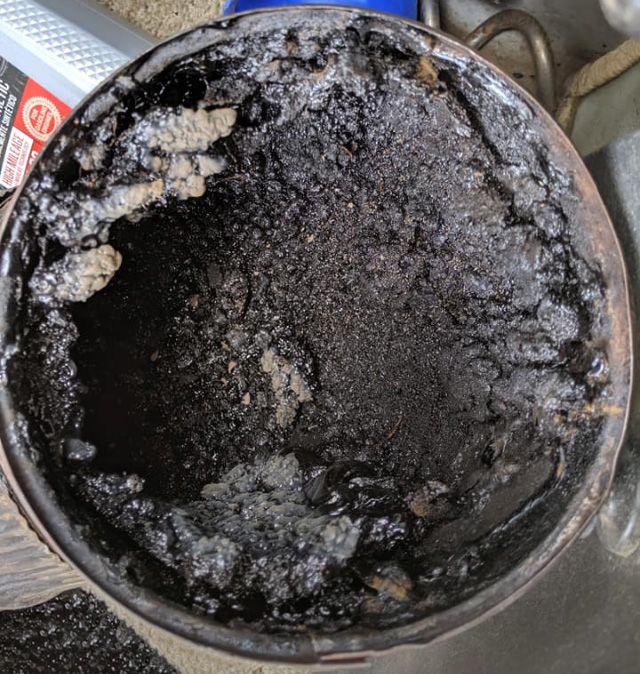 Creosote residue may look black, powdery and flaky or a hard, black tar-like glaze. Over time, this residue will begin to get thicker on the inside wall of the chimney. As creosote hardens it becomes much more difficult to remove. At this stage it will drip like honey if the inside of the chimney reaches high enough temperatures.
Creosote residue may look black, powdery and flaky or a hard, black tar-like glaze. Over time, this residue will begin to get thicker on the inside wall of the chimney. As creosote hardens it becomes much more difficult to remove. At this stage it will drip like honey if the inside of the chimney reaches high enough temperatures.
CREOSOTE BUILD-UP HAS TO BE REMOVED!
Never ignore creosote building-up inside the chimney. If a fire is built and the primary air control is left open, this can allow hot air into the chimney and can ignite the creosote deposits. Firefighters know first-hand that chimney fires can get extremely hot, very quickly. A chimney fire can ignite anything combustible that’s in direct contact with it. Framing members and rafters are usually the first to catch fire.
The best way to remove creosote is to call a professional. The Chimney Safety Institute of America (CSIA) is the organization that certifies chimney sweeps in the united States and Wood Energy Technical Training (WETT) in Canada. After significant training and experience, a professional sweep will inspect your entire system. If you have a wood burning stove, this includes the connector pipe, the chimney and the stove’s reburn system. With a fireplace, the sweep inspects the firebox, smoke chamber, the damper and the chimney.
Your WE LOVE FIRE expert always subscribes to the National Fire Protection Association (NFPA) code. That is; inspect the chimney system at least once a year and clean it if needed.
It is not impossible to clean your own chimney. Many homeowners do. But a certified sweep will have the proper tools, equipment, safety gear and experience to do the job correctly. They have been trained to observe and look for things that you may not be aware of. They might clean three or four or five chimneys every day. You clean yours, once a year. Experience matters. Rely on an expert to safely inspect and clean your chimney.
OTHER DANGERS:
Besides being a serious fire hazard, there can be other health issues with creosote.
Your skin and eyes can become irritated when in direct contact with creosote. Respiratory issues and allergies will emerge by breathing creosote particles. And studies have shown that creosote is a carcinogen. So, take necessary precautions if you are subjected to long-term exposures of creosote.
IT’S TIME TO ACT
If you have not had your chimney inspected lately, odds are high that you have deposits of creosote built up right now. Understand that creosote in your chimney can put your family and property at risk.
Now you’re better equipped to recognize the causes of creosote forming. The importance of burning seasoned wood and regular routine maintenance is well documented. Call your WE LOVE FIRE expert and set up an appointment with a CSIA or WETT certified, professional chimney sweep. Do it now, while you’re thinking about it.
